An article for a better understanding of the depth of field, with sample photos, and explanatory videos.
The depth of field is the area in which it is considered that subject in the frame appears sharp.
The extent of this area depends on the settings on the camera: distance from the focus point, the aperture and the dimensions of the sensor.
In photography, as in video, the knowledge of the depth of field is needed to master shots.
Controlling the depth of field (DOF) is very useful in portrait techniques, landscape, or still life photography. It allows you to emphasize a subject.
The greater the depth of field is, the more it integrates the subject in its environment (large depth of field). Conversely, the shorter it is, the more it isolates the subject. The foreground and background of the subject will then be more or less blurry.
Here are some pictures and examples to illustrate and understand the depth of field.
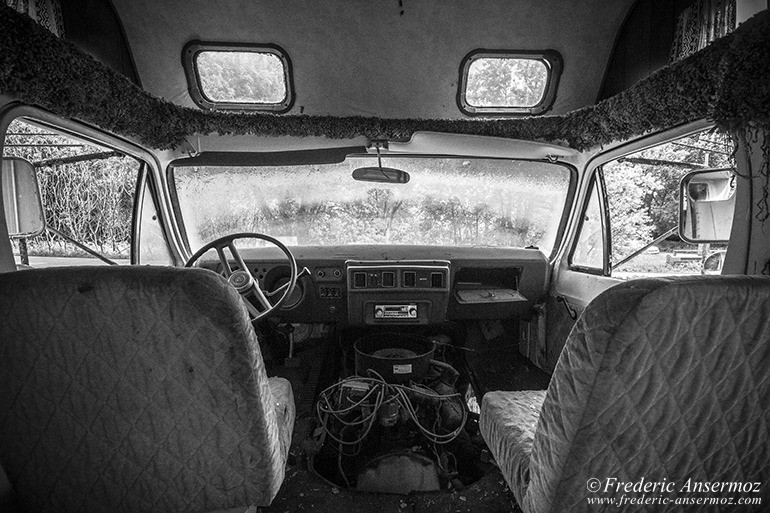
F11, 1/250 sec, 10 mm, ISO800, Canon EOS 7D

F6.3, 1/320 sec, 200 mm, ISO400, Canon EOS 7D

F4, 1/200 sec, 100 mm, ISO400, Canon EOS 7D
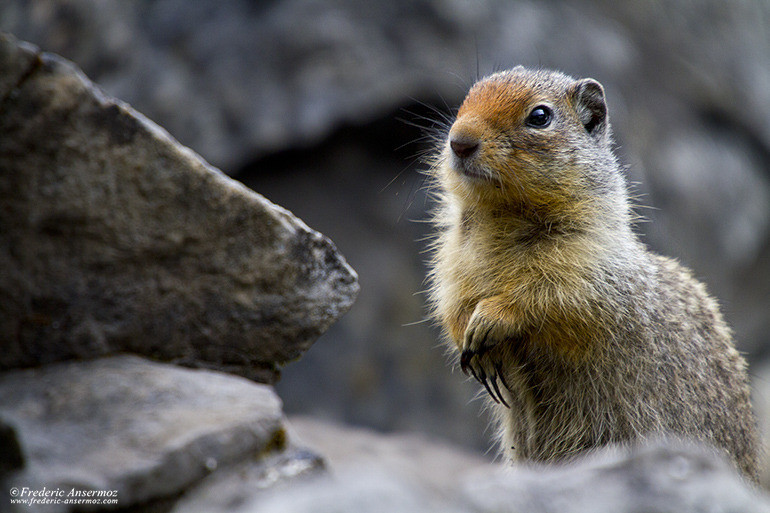
F6.3, 1/200 sec, 500 mm, ISO400, Canon EOS 7D
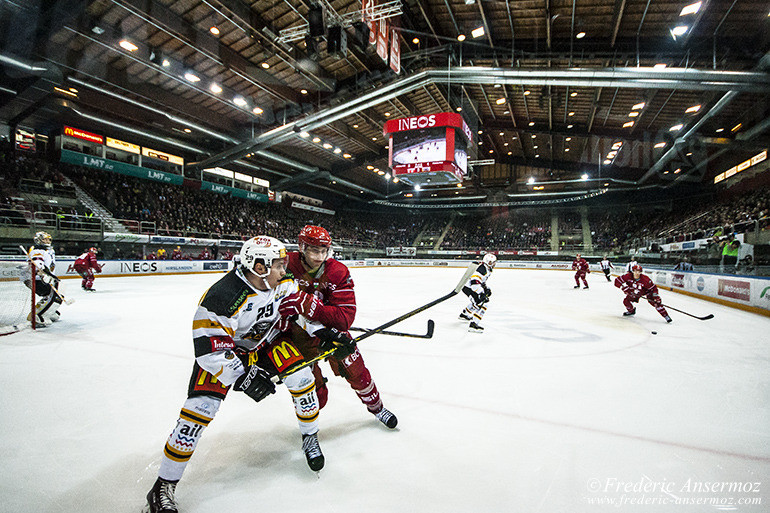
F4, 1/1000 sec, 10 mm, ISO1600, Canon EOS 400D DIGITAL
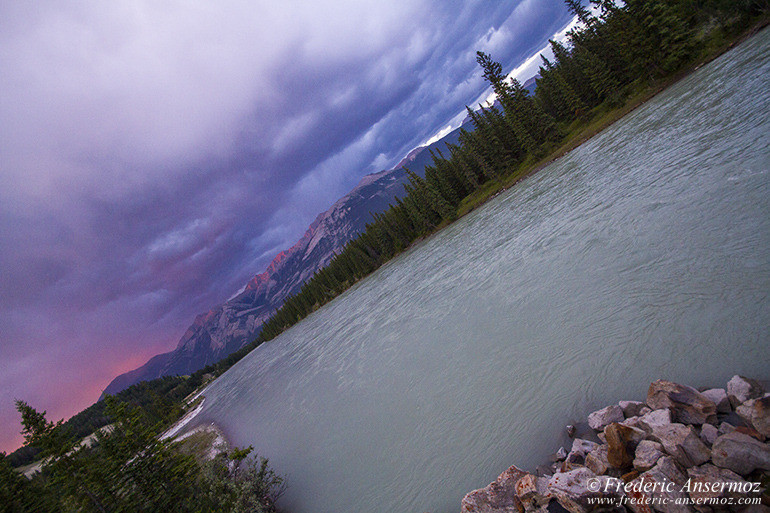
F8, 1/50 sec, 10 mm, ISO400, Canon EOS 7D
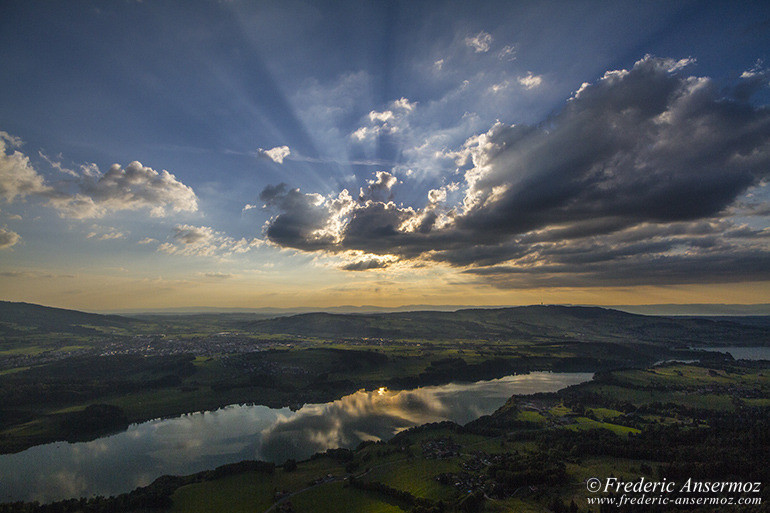
F11, 1/1000 sec, 10 mm, ISO400, Canon EOS 7D
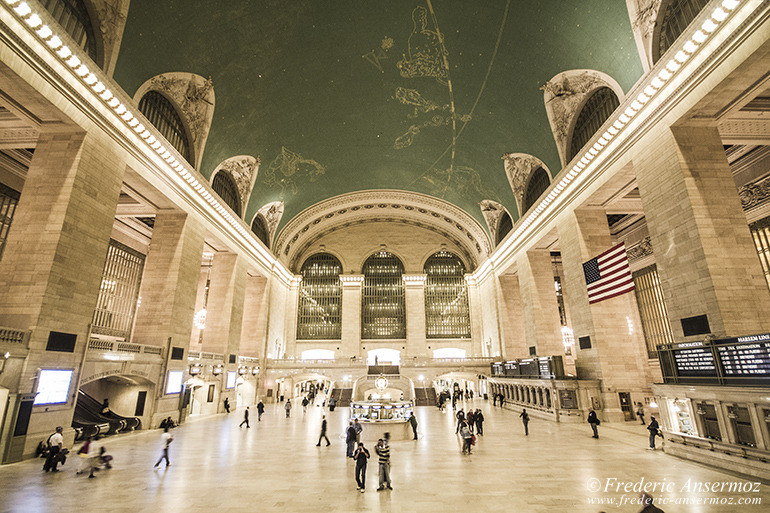
F4, 1/10 sec, 10 mm, ISO1600, Canon EOS 7D
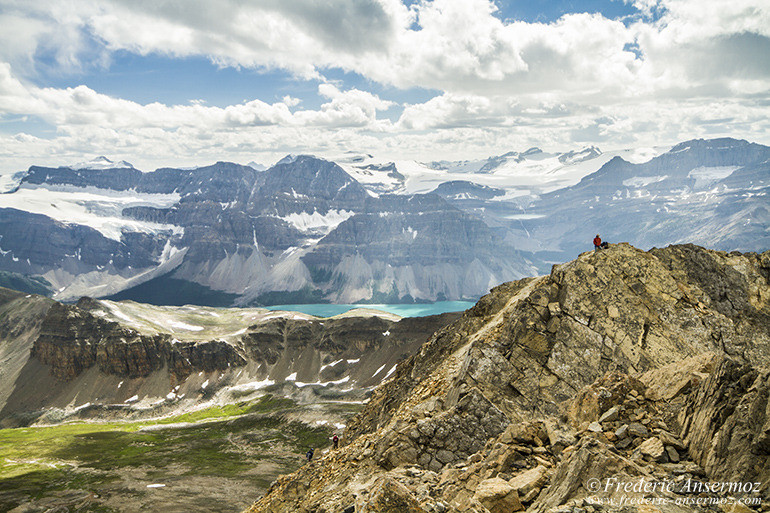
F13, 1/160 sec, 20 mm, ISO200, Canon EOS 7D
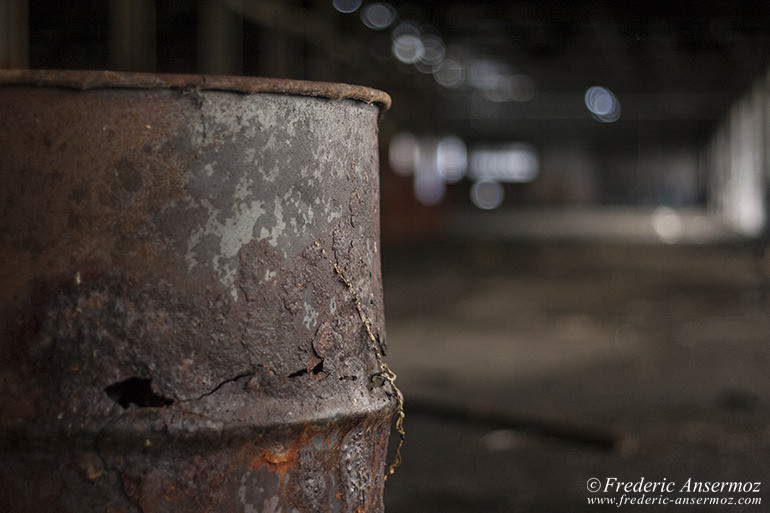
F1.8, 1/1600 sec, 50 mm, ISO800, Canon EOS 400D DIGITAL
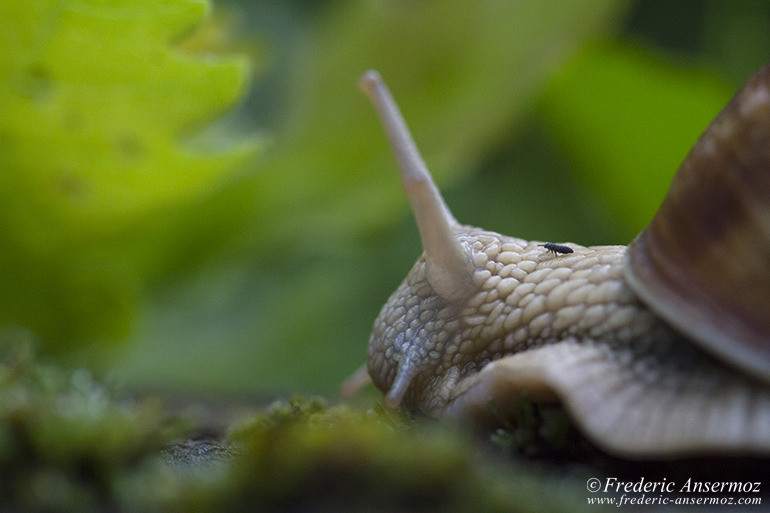
F4, 1/100 sec, 100 mm, ISO1600, Canon EOS 7D
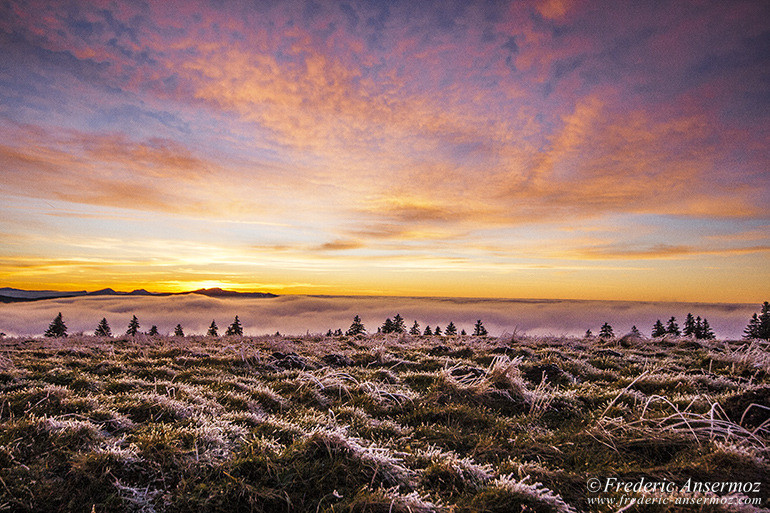
F6.3, 1/160 sec, 15 mm, ISO400, Canon EOS 400D DIGITAL
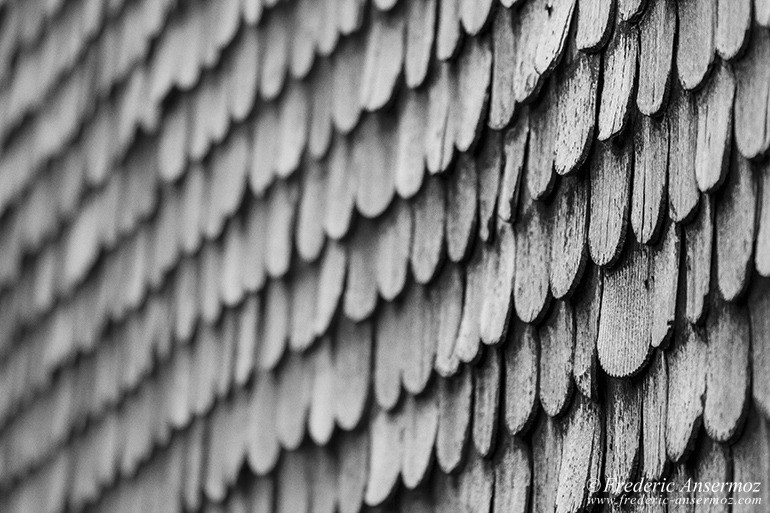
F2.8, 1/3200 sec, 100 mm, ISO800, Canon EOS 400D DIGITAL
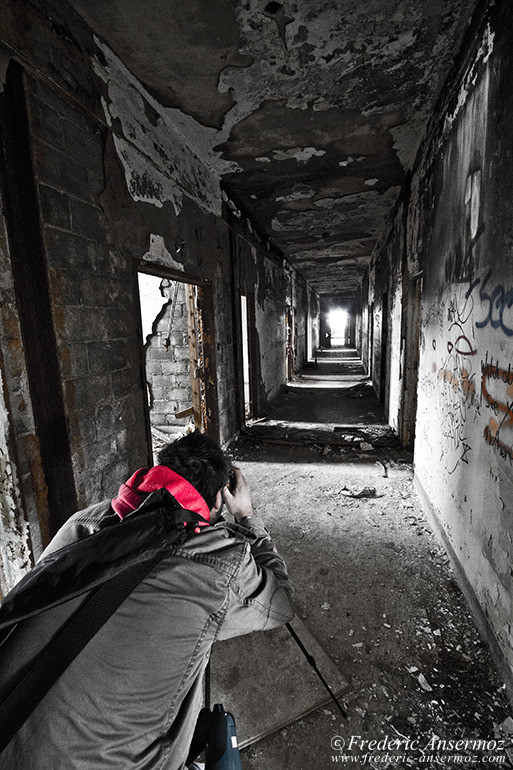
F9, 1/10 sec, 10 mm, ISO3200, Canon EOS 7D
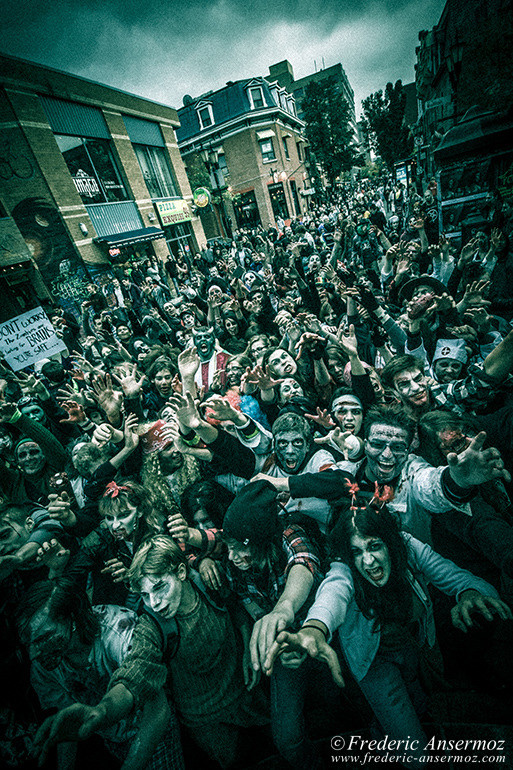
F4.5, 1/250 sec, 10 mm, ISO1000, Canon EOS 7D
By varying the aperture (F), the focus and selecting the lens (focal length), we can change the depth of field.
– The more you close the diaphragm (large F balue), the larger the depth of field is.
– The further the focus point is, the larger the depth of field is.
– The smaller the focal length (eg, a wide angle lens), the larger the depth of field.
– The sharp area is less important in front of the subject than behind him.
A small selection of videos for a better understanding of the depth of field in photography.
Digital Photography 1 on 1: Episode 12 Depth of Field (snapfactory)
A Simple Guide to Depth of Field (Dylan Bennett):
Canon EOS – Getting Started: Depth of Field Photography (Canon Australia):
I hope these photos and videos will give you a better understanding of the depth of field.
Occasionally giving courses in photography, I know there are many things to know on the subject. Feel free to practice!
